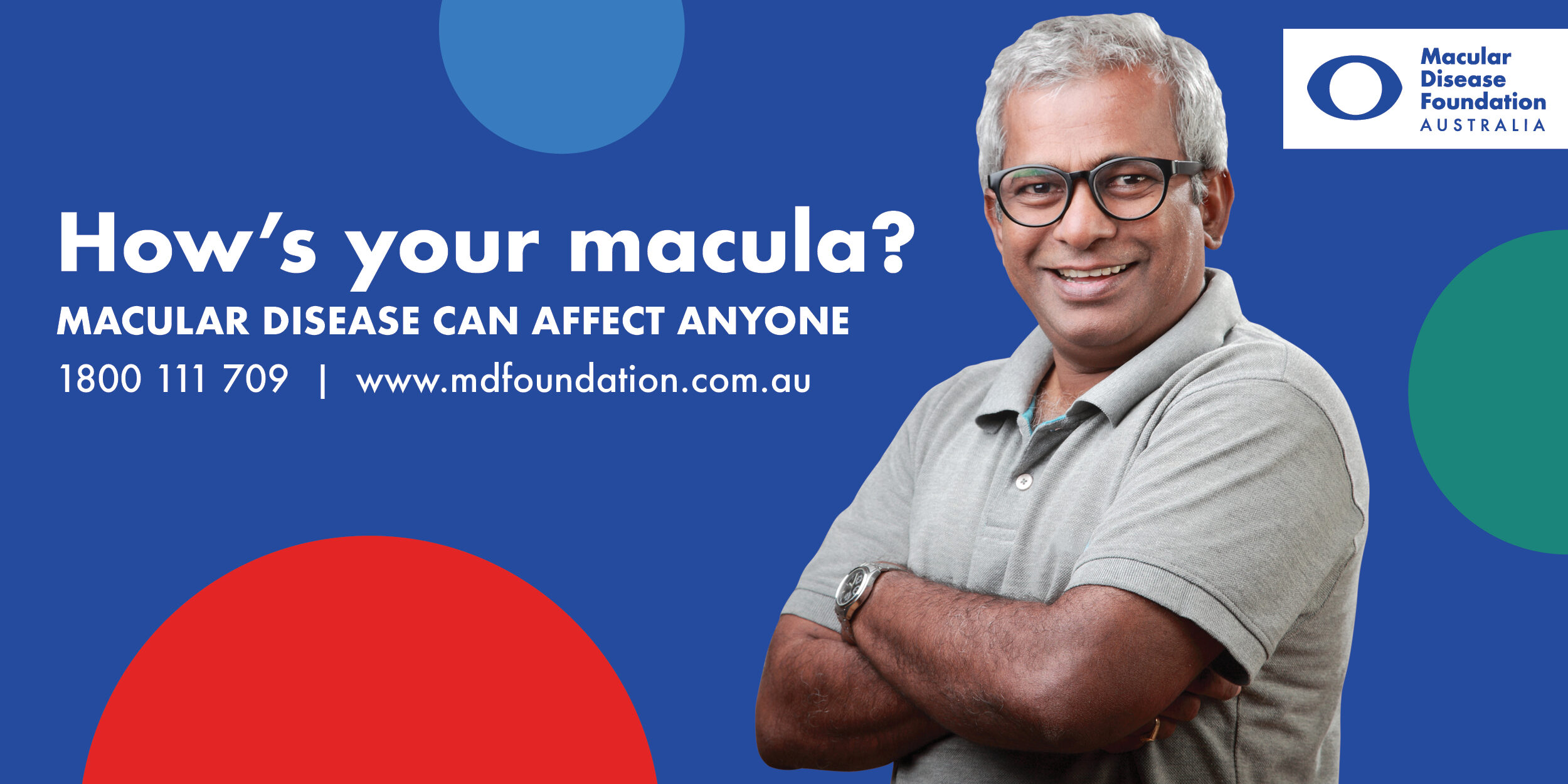Can AMD be treated?
When most body tissues such as muscle, skin or bone are damaged, the tissues’ cells have the capacity to regrow and repair the damage. Because nerve cells cannot regenerate, damage to nerve tissue, such as the retina, is usually permanent and irreversible. This is why vision loss in AMD is so difficult to treat.
Where new blood vessels have appeared in the macula area, laser surgery may be used. In this treatment, a focused, intense beam of laser light is used to seal leaking blood vessels and to prevent new vessels growing. This treatment is most effective when it is applied in the very early stages of the disease, before extensive damage has been done.
While there is little which can be done to prevent or cure AMD, people with the disease can be helped to continue functioning normally. Many patients with AMD will eventually come under the classification of being a low vision patient. Special help in the form of low vision aids is available from optometrists and specialist low vision clinics. Low vision aids enable patients to make the most of their vision and include devices such as miniature telescopes, high-powered reading spectacles, hand-held and stand magnifiers, closed circuit televisions and simpler aids such as large-print books.
What should you do about AMD?
For treatment of AMD to be effective, it must be diagnosed as early as possible. Regular eye examinations are the key to early detection of retinal changes and other signs of disease. If you notice any change in the quality of your vision, have your eyes examined immediately. Regular examinations are particularly important for people over the age of 50 years and people whose families have a history of eye problems.

